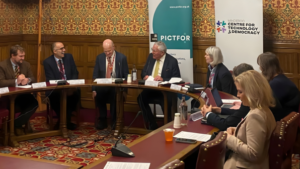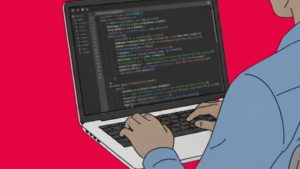
Latest updated carbon reduction plan: Committed to Net Zero by 2050
We have published our updated carbon reduction plan, reaffirming Zaizi’s commitment to achieving Net Zero by 2050.
Our latest report details our current carbon footprint, the progress we’ve made since our 2021 baseline, and the steps we are taking to reduce emissions year on year. This includes targets to cut our emissions by 50% by 2030 and to continue driving reductions until we reach Net Zero.
How does Zaizi measure its environmental impact?
In 2021, Zaizi recorded a baseline of 17.8 tCO₂e. Our latest reporting year (2024) shows 107.28 tCO₂e.
This increase reflects better measurement of Scope 3 emissions across our supply chain and commuting, giving us a more complete and transparent picture of our environmental impact.
How is Zaizi reducing its carbon footprint?
We’ve already introduced initiatives to reduce our carbon footprint, including:
- Offsetting more than our required emissions, making Zaizi carbon negative
- Maintaining ISO 14001 certification to evidence our environmental management practices
- Reducing unnecessary business travel
- Embedding a paperless-first approach across the company
Looking ahead, we are exploring further measures such as replacing flights with virtual meetings, prioritising sustainable transport, and partnering with providers to cut emissions from travel and logistics.
DOWNLOAD: Zaizi Carbon Reduction Plan
What is Zaizi’s path to Net Zero?
“Because of the nature of the work we do with the public sector, it’s important that we lead by example in how we manage our environmental impact,” says Aingaran Pillai, Zaizi founder and CEO. “We’re proud to be carbon negative today — but our focus is on the long-term goal of Net Zero by 2050. That means continuing to measure, reduce, and challenge ourselves as we grow.”
Zaizi will continue to work alongside government and public sector organisations to help deliver on the UK’s Net Zero strategy, creating a cleaner, greener future.
-

Zaizi founder Aingaran Pillai named chair of techUK’s Security and Public Safety SME Forum
-

Modernising government for AI: What key challenges do departments face?
-

PICTFOR roundtable: Is regulation a handbrake or a catalyst to public trust and innovation in AI?
-

Beyond blueprints: Making government transformation real
-

How CyberFirst interns shaped Zaizi’s AI training programme
-

All green! Why passing the government Service Standard assessment matters more than ever
